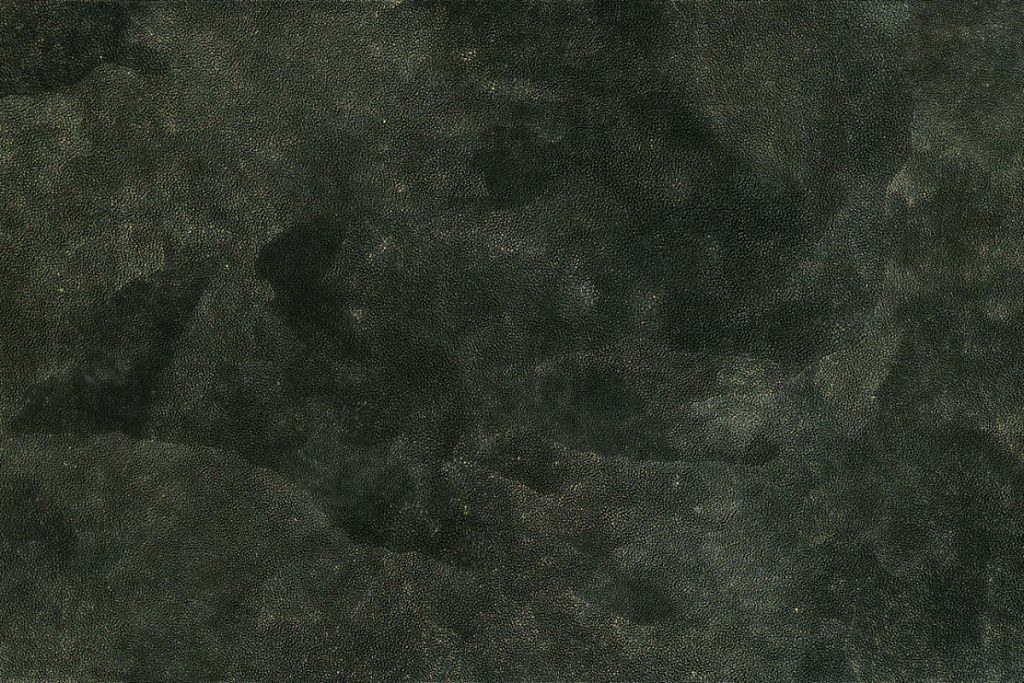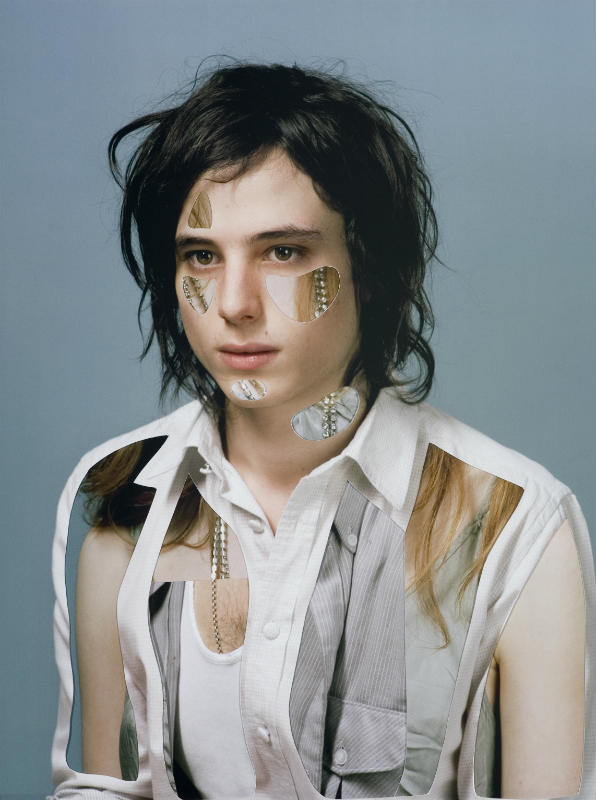Robert Ambrose Cole, Rosslynd Piggott, Angelina Pwerle, Lindy Lee and David Rosetzky in a new exhibition at the Margaret Lawrence Gallery

In this catalogue essay, Margaret Lawrence Gallery Director Dr David Sequeira sets up the gallery’s latest exhibition, In Between: Notions of transition and the intermediate.
By Dr David Sequeira, Director, Margaret Lawrence Gallery
What is an artist? A provincial who finds himself somewhere between a physical reality and a metaphysical one… It’s this in between that I’m calling a province, this frontier country between the tangible world and the intangible one – which is really the realm of the artist. – Federico Fellini.
The works in In Between: Notions of transition and the intermediate (Margaret Lawrence Gallery, can be understood as emblematic of a state of change – the movement from one state to another that is connected with the intangible space located somewhere between the origin of something and its ending. Whilst the artists have their own visual language, collectively they speak of the constancy and fluidity of physical and metaphoric shifts. Highly resolved, the works articulate states of in between-ness and evoke an experience of the transitory and the intermediate.

Rosslynd Piggott, when I spoke with her last month, talked of her works Passing peony and petal space 1 & 2 as observational paintings. The works result from a careful study of the peony, a fragrant voluptuous flower native to Asia, Europe and Western North America. Whilst minimalist in their aesthetic, the works are the result of laboriously layering thin washes of oil paint to create a gradient of colour from rich pink to gentle blush. Flowers, of course, are always in a state of decay. Through the subtlety and delicacy of her palette and application, Piggott’s work can be understood as an exploration of the transitional space between blossoming and withering.

Investigation into the nature of permanence and impermanence lies at the heart of Lindy Lee’s works. Family photos and traditional Chinese scroll paintings have been reproduced on sheets of steel through which Lee has burnt holes. This highly physical process results in imagery that addresses the spaces between force and effortlessness, history and recollection, memory and interpretation. The holes with their singed edges ensure that the wall of the gallery space is part of the picture plane. In this light, the destructive act of burning is also a creative act that reveals something of the art world in which Lee practices.
David Rosetzky’s photographic works highlight a range of issues associated with the complexities of identity. His multi-faceted and layered understanding of his sitters is articulated through his processes. In Rosetzky’s black and white portraits two images are superimposed upon each other, rendering them inseparable. Each image reveals something about the other – they are context for each other and any insight into one image is filtered by the other. The photographic collages are also layered, however, in these works Rosetzky has cut into the prints to reveal another layer of photograph. Both the process and the imagery suggest the tension between interiority and exteriority; the hidden and the revealed.

Oscillating between the figurative and the abstract, Robert Ambrose Cole’s shimmering white dot paintings and prints, it has been argued, are not connected to a particular story or place. Barely discernible from their backgrounds, his ‘Spirit Figures’ are formed through variation in the intensity of his application of dots. This variation results in a hypnotic visual vibration in which the figure is an integral component of the background and vice versa. The imagery suggests that there is no separation between the spirit figures and the world – there is only the world (with spirit figures in it). In the words of Adrian Newstead:
“The ambiguity between distinct structure and dissolving boundaries found its fullest expression in the works painted immediately prior to [Cole’s] untimely death through illness at the age of just thirty-five.’
Angelina Pwerle’s Bush Plum paintings are composed of tiny dots against a dark canvas. Meticulously sprinkled across the canvas, the dots are reminiscent of both seeds swept by the wind over the ground and stars suspended within an endless cosmos. Together these readings reveal an understanding of the universe as a single entity. A sense of movement – suggestive of flux, mutability and fluidity – is generated by variations in the density of dot clusters. Demonstrating a methodical and meditative approach to art making, the Bush Plum paintings are suggestive of the coexistence of the random and the ordered; the contained and the expansive.
In between: Notions of the transitory and the intermediate, with its themes of change from one state to another has a particularly poignant resonance in this present moment. The compulsive reaction to change in the current socio-political climate is to pursue certainty. However, these works invite the viewer to contemplate the uncertainty and ambiguity of the in between and indeed to embrace it.